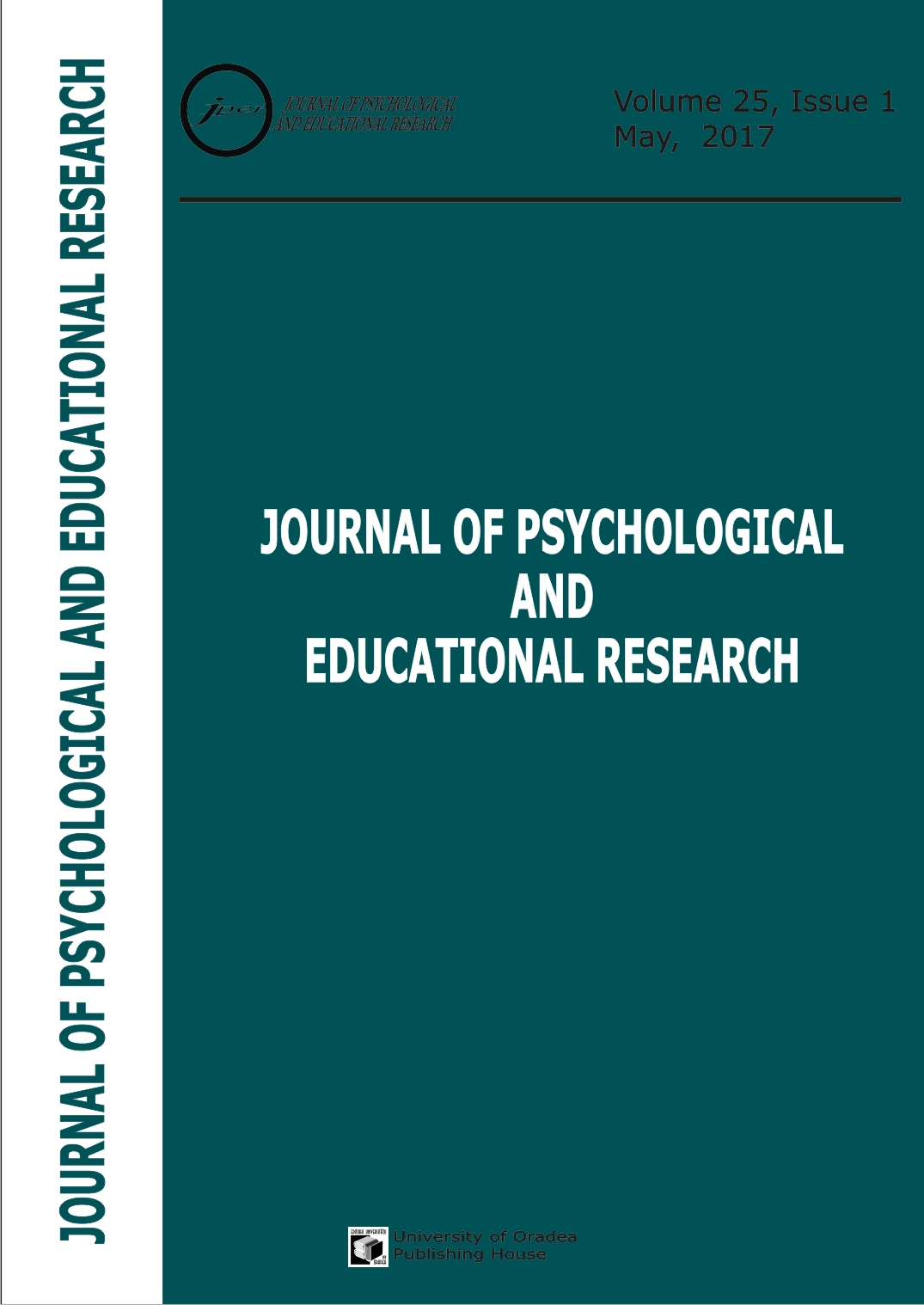Distribution and characteristics of cyber violence among elementary school students - survey results in Serbia
Distribution and characteristics of cyber violence among elementary school students - survey results in Serbia
Author(s): Valentina Baić, Zvonimir M. Ivanović, Biljana Simeunovic-PaticSubject(s): Education, Psychology
Published by: Editura Universitatii din Oradea
Keywords: cyber violence; elementary school; "online" communication; information and communication technology
Summary/Abstract: The paper aims to present the results of research on the prevalence and characteristics of cyber violence among elementary school pupils, and results with respect to connections of this form of bullying with age and gender of students, and facts like who are perpetrators or victims of this type of violence. The survey also sought to get a few answers to questions concerning: knowledge of elementary pupils about what cyber violence is; which means of electronic communication are preferred in communication with their peers; whether parents control their access to a personal computer and mobile phone, as well as whether the parents would report acts of violence, if they occurred? The study included 300 students of the 5th, 6th, 7th and 8th grade, in the Autonomous Province of Vojvodina, of which 147 were male and 153 females. Research has shown that every other elementary school student was the victim of cyber violence. Number of victims decreases with age, which means that least frequent victims were students in lower grades, and most frequent victims were students in higher grades, with the notable that girls, unlike boys were victims of a much higher percentage. Students were most often the victims of exclusion, misrepresentation, insults and gossip, but in smaller percentages were victims of unlawful communication, lying, stalking and harassment. Observed from the aspect of the perpetrator, the study found that one in four elementary school students was the perpetrator of some form of cyber violence, such as "online" exclusion, misrepresentation, slander and lying and deceiving. A practical and theoretical implications of these findings are discussed further in this text.
Journal: Journal of Psychological and Educational Research (JPER)
- Issue Year: XXV/2017
- Issue No: 1
- Page Range: 93-114
- Page Count: 22
- Language: English

